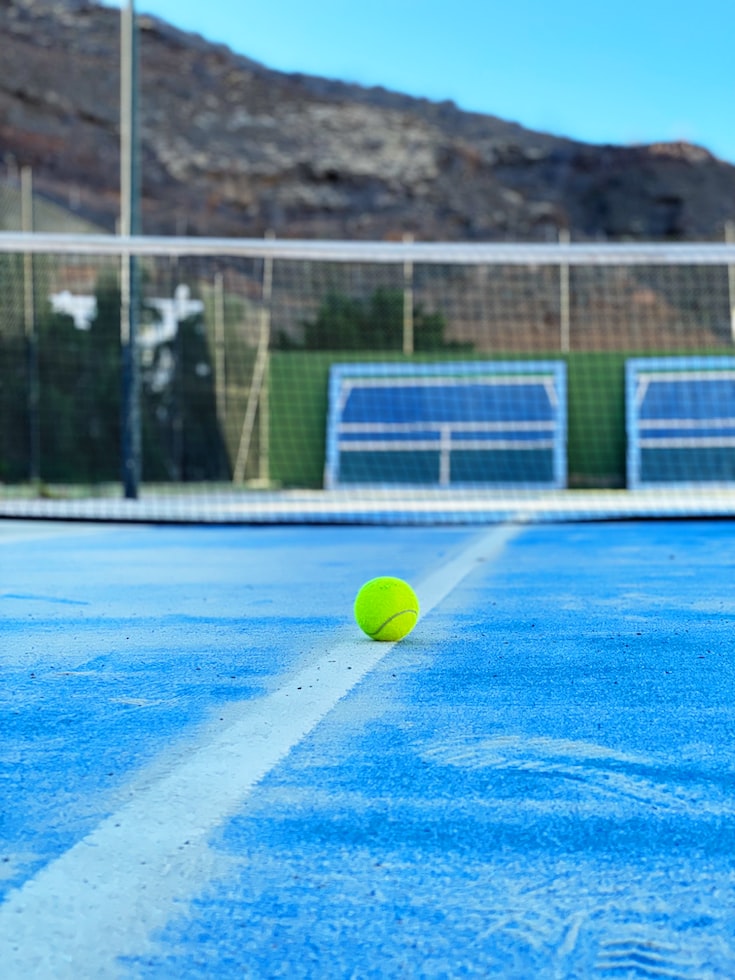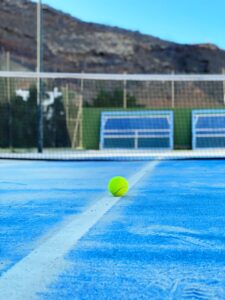Padel Ball Materials and Characteristics: A Beginner’s Review
3 min read
Padel Ball Materials and Characteristics: A Beginner’s Review
Welcome to the world of padel! If you are a beginner eager to learn more about this exhilarating sport, you’ve come to the right place. Today, we are going to dive into the fascinating world of padel ball materials and their characteristics. So, let’s get started and unravel the secrets behind these bouncy orbs!
The Basics of Padel Balls
Before we explore the various materials used in making padel balls, let’s first understand the basic characteristics you should look for when purchasing them. As a beginner, it’s important to find a ball that offers a good balance between control and power, so you can enjoy playing the game to the fullest.
When it comes to padel balls, one thing to keep in mind is their bounce. Ideally, you want a ball that has a consistent bounce, providing you with reliable shots and predictable gameplay. Additionally, the durability and visibility of the ball are important factors to consider.
The Materials Behind Padel Balls
Now that we have a good grasp of the basic characteristics to look for, let’s explore the different materials used in manufacturing padel balls.
Pressurized balls
Pressurized balls are the most commonly used in padel tournaments and professional matches. These balls are pressurized with nitrogen gas, which gives them a lively bounce and excellent durability. The pressurization helps maintain the ball’s shape and bounce, even after intense rallies.
Non-pressurized balls
Non-pressurized balls, as the name suggests, are not filled with gas. Instead, they are made from a solid rubber core, covered with felt. These balls are often used in recreational play and training sessions. Non-pressurized balls generally have a softer bounce and are more affordable for casual players.
Stage 3 balls
Stage 3 balls are designed specifically for beginners, children, and players who prefer a slower game. These balls have a lower compression, making them easier to handle and control. The reduced bounce allows beginners to focus on their shots and improve their technique without feeling overwhelmed.
Choosing the Right Ball for You
Now that you have a better understanding of the different materials used in padel balls, it’s time to choose the right one for you. As a beginner, I recommend starting with the pressurized balls used in tournaments. They offer a consistent bounce and durability, providing a great playing experience while allowing you to improve your skills.
However, if you are playing casually or with children, non-pressurized balls or stage 3 balls might be a better choice. They are more forgiving, offer a softer bounce, and are easier to control, ensuring a fun and enjoyable game for everyone involved.
Conclusion
Whether you’re just starting your padel journey or already on your way to becoming a pro, choosing the right ball is crucial for your overall experience. Remember to consider factors like bounce, durability, and visibility when making your selection.
Now that you have a solid foundation on padel ball materials and their characteristics, it’s time to hit the court and put your newfound knowledge to the test. Have a blast and enjoy the game!







